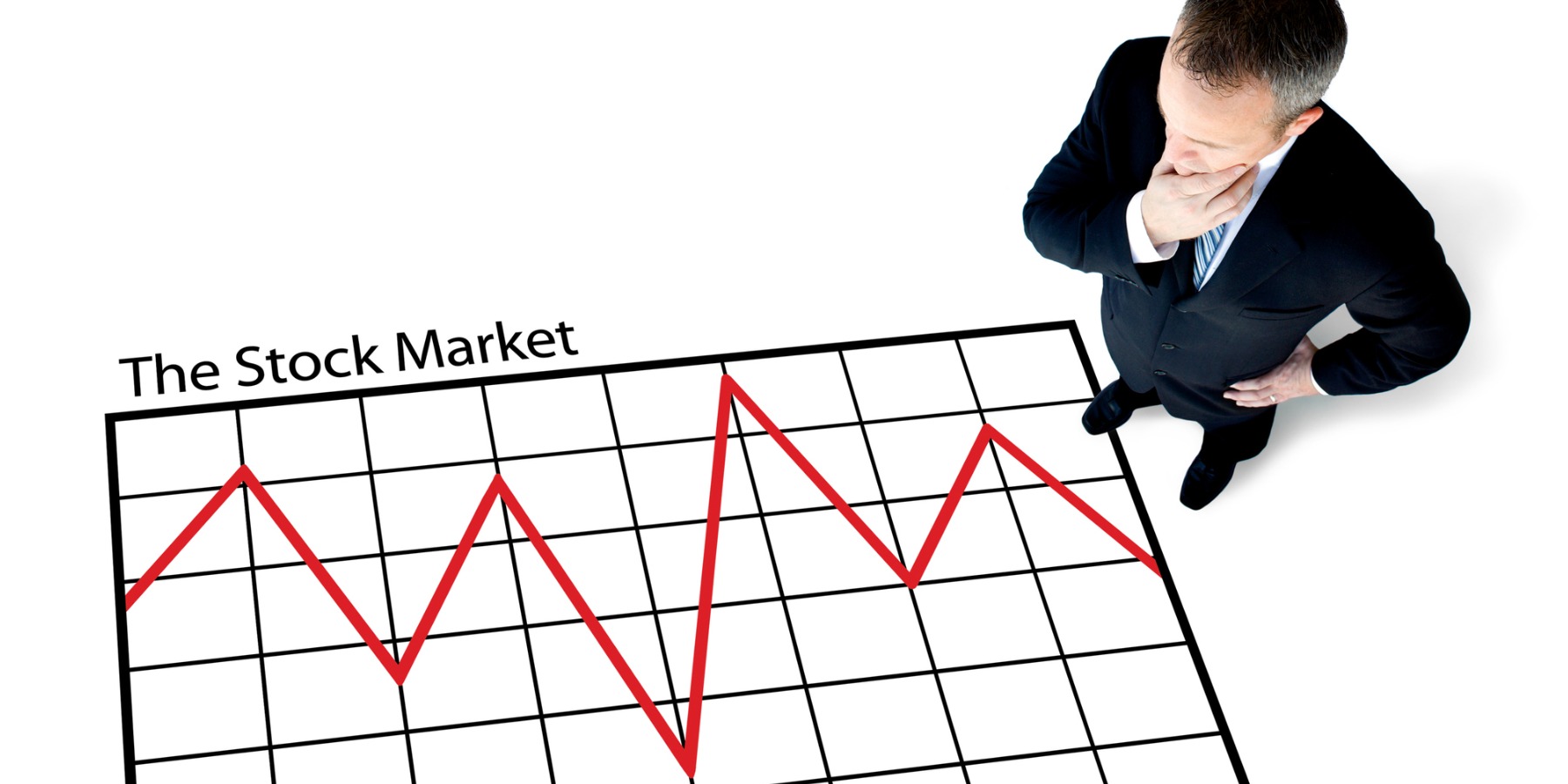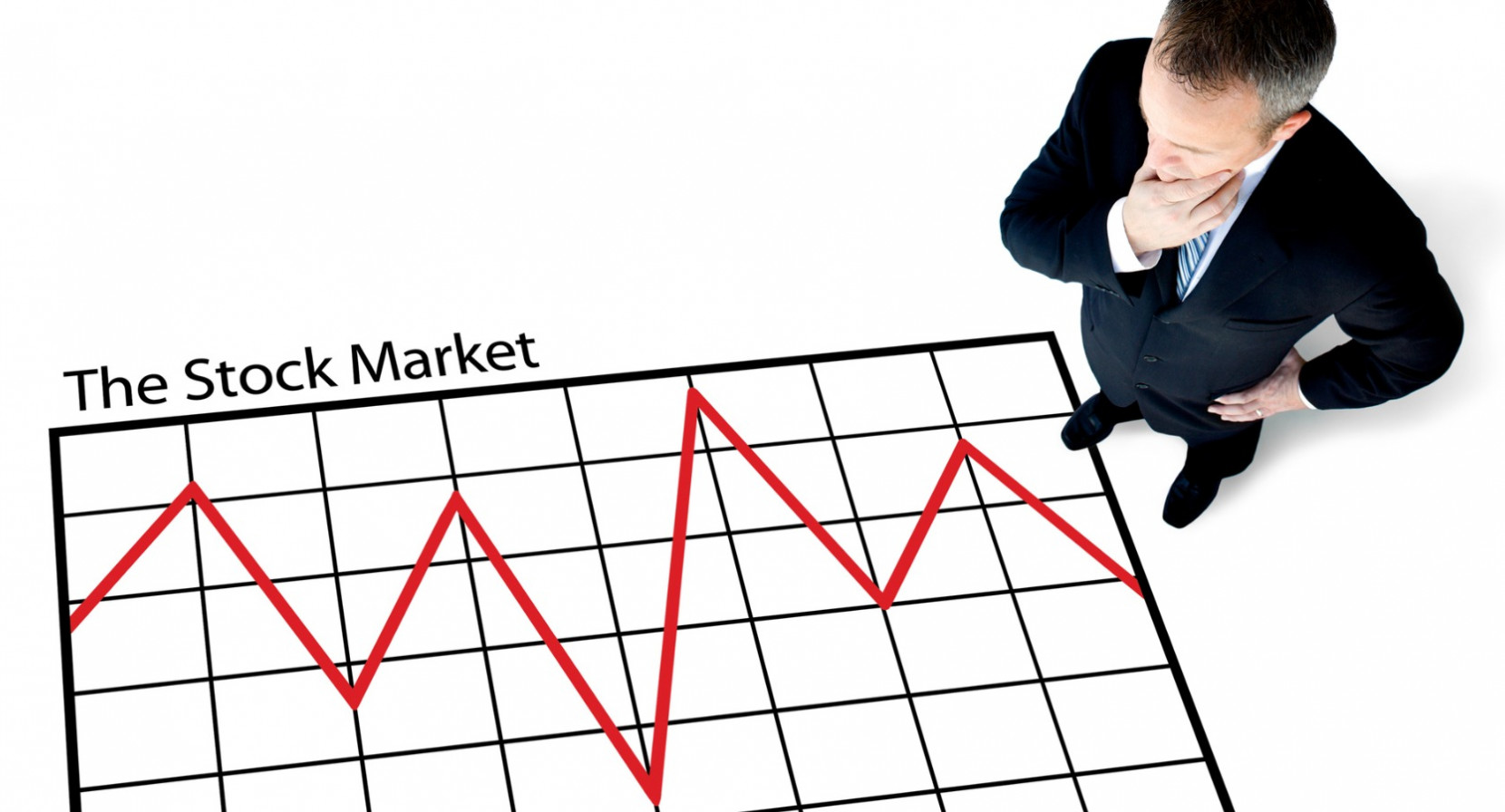The stock market path took a few more significant twists last week when the S&P 500 followed a -2.5% loss on Thursday with a +3.4% gain on Friday.
The immediate cause of Friday’s rally was the apparent "blink" of Fed Chairman Jerome Powell, who reversed his tough stance from just a few weeks earlier, dialing back his tough talk on interest rates and possibly opening the door to slowing down the Fed’s plan to reduce its balance sheet. This was exacty what the market wanted to hear — that after 30 years of the Fed having the market’s back, that this new Fed Chair does too.
We can discuss the potential implications of that Fed shift another day. Today I simply want to point out a couple things related to the intense volatility the market has experienced since this correction began roughly three months ago.
(And it is still a correction, not a bear market — at least in terms of the S&P 500, which is what most people measure by. The S&P 500 got within two points of a full 20% decline from the 9/20 close on Dec. 26 but didn’t break through that level. Amazingly, Bespoke Investment Group notes this is the sixth time since 1945 when the market has fallen at least -19% but less than the -20% bear market requirement. It happened in 2011 as well.)
The first point is that extreme volatility — both downward and upward — is a feature of bear markets and corrections. David Rosenberg tweeted on Friday that the top 12 sessions all-time for the S&P 500 happened in official bear markets, as well as 21 of the best 25, with the other four being in 10%+ corrections. Here’s a partial chart showing this phenomenon:
If you look really closely, you’ll see that quite often some of the all-time best and worst days happen consecutively, or at least close together.
For example, during the Financial Crisis a decade ago, the 5th-best day all-time was October 13, followed quickly by the 6th-worst day all-time on October 15. Two weeks later came the 6th-best day ever on October 28, followed a month later by the 7th-worst day on December 1. For those of you scoring at home, three of the Top 10 worst days and two of the Top 10 best days all came between September 29 and December 1 of that year!
Thankfully, the highs and lows of the current correction have paled in comparison to those daily swings of 8-12%. But it’s still jarring to see volatility like we saw last week on back-to-back, or closely congregated, days.
The problem is that our brains are hardwired against us in these types of volatile periods. Consider a hypothetical series of multiple big up and down market days, which ultimately leave the market roughly back where it started. No harm, no foul — right? Wrong. Behavioral economics has proven that investors feel the impact of losses roughly twice as much as they experience the joy of gains. So a series of up and down days may leave your portfolio relatively unchanged, but investors paying close attention through those swings are going to feel emotionally battered from the experience, as if they had actually lost money during the period.
That’s a strong argument for trying to tune out the short-term swings of the markets, especially during volatile periods like we’ve been in. The daily swings from "I’m a genius!" to "I’m an idiot!" are just cumulatively too wearing for most people. And ultimately, those feelings can eventually lead to investment decisions that impact your actual bottom-line.
Rather than greeting each new market bounce with a hopeful "Maybe that was the end!," we think the better approach is to resign yourself to letting the systems built into SMI’s strategies control any exits and re-entries to the market. That simplifies things to the point of not needing to look at your portfolio every day.
That may seem like a small thing, but having coached several thousand people through the last two big bear markets, we can say with certainty that interacting with your portfolio once or twice a month during a grueling bear market rather than 20-30 times a month (by checking it every day) makes a world of difference.








